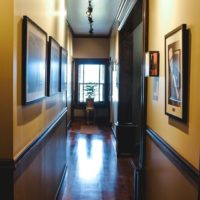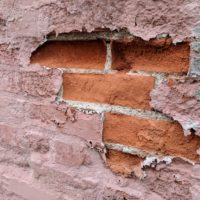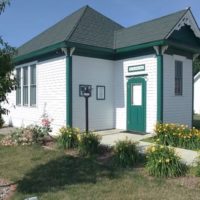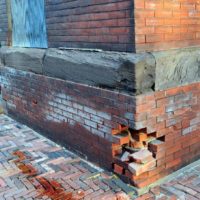Rehabbers Club Compiles List of Local Endangered Properties
Posted by CC on October 18th, 2008 11:37 am
The Des Moines Rehabbers Club released their list of “Des Moines Seven Most Endangered Buildings” this week. The list includes buildings, homes, or structures within the City of Des Moines that are neglected or in danger of demolition.
According to the Rehabbers Club press release, the selected properties are:
692 17th Street, Sherman Hill neighborhood. Victorian-style home built in 1893. It has been used as a private residence and a nursing home, and its first floor housed a restaurant in 1988 when a blaze ruined the interior. The house is listed on the National Register of Historic Places as part of the Sherman Hill Historic District.
East Woodlawn School, 2930 Euclid Avenue. This one-room schoolhouse-turned-private home was built in 1873. The school owes its name to the work of a former member of the Board of Education, Harry L. Gross, who wanted to perpetuate the name of the former Woodlawn Independent School District. Samuel Blanc is said to have invented the Roto-Rooter in the garage on the property.
1910 Officer’s Quarters, Fort Des Moines. Two buildings, both erected in the early 1900s, served as officer’s quarters prior to World War I, but have stood vacant since the late 1960s. Both buildings began as housing for cavalry officers and may have been home to President Ronald Reagan as he trained and tested to be in the U.S. Cavalry. (Officer’s quarters at Fort Des Moines were also featured on IHPA’s Most Endangered Properties list in 1998.)
Kingsway Cathedral Church, 901 19th Street. Built in 1901, Kingsway Cathedral served its congregation until 2003, when the City of Des Moines ordered it closed because of structural problems. The issue over whether to demolish the structure or rehabilitate it has been controversial ever since. The cathedral is listed on the National Register of Historic Places as part of the Sherman Hill Historic District.
Roadside Settlement House, 620 Scott Avenue. In 1907, the Union of King’s Daughters settlement moved into this specially constructed building in an area of town known as the “Southeast Bottoms.” It housed the first kindergarten on the east side and served as a public wash house, dispensary and free clinic, bank, gymnasium and offered classes in cooking, dressmaking, singing, dramatics and more.
Gas Station, 203 E. Grand. This building was erected in 1931 by Continental Oil as a training station for gasoline dealers. It is architecturally significant because underneath the current exterior paint, the building is terra cotta.
1021 26th Street. Built in 1895, this late Victorian is significant because it directly illustrates the effect of Drake University’s innovative financing techniques upon the settlement in one of the 10 plats around the campus. It is listed on the National Register of Historic Places.








